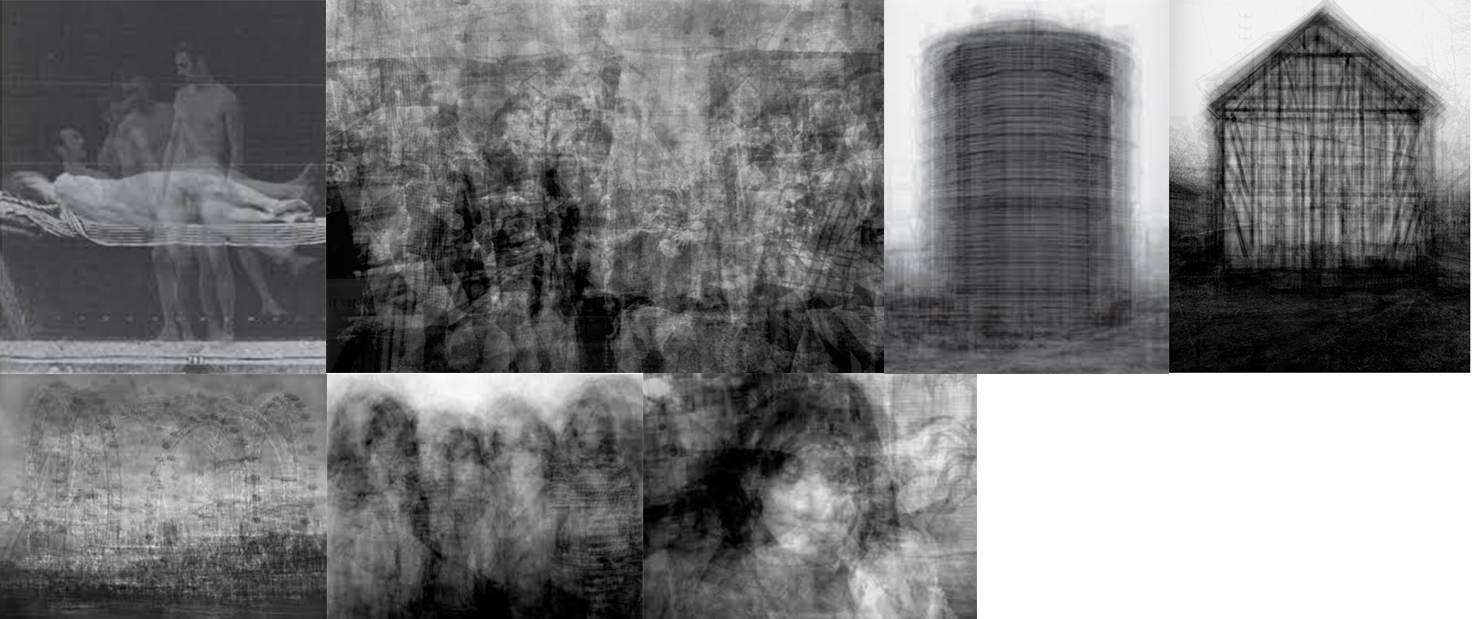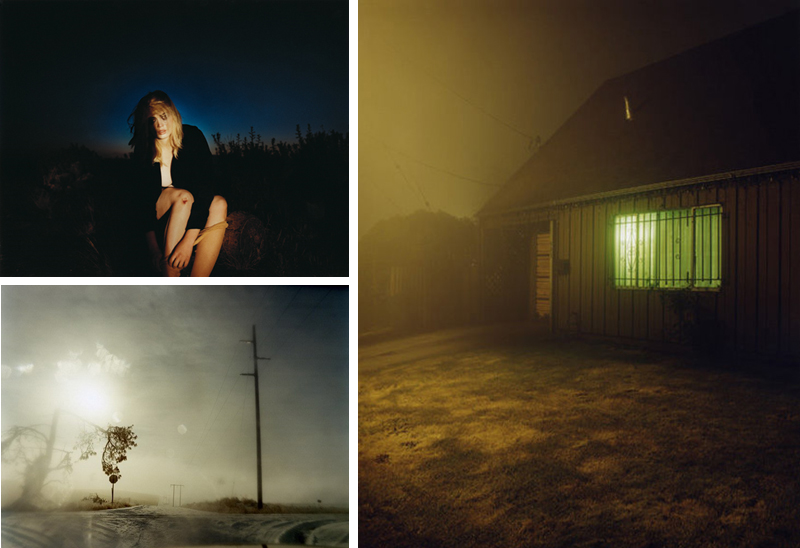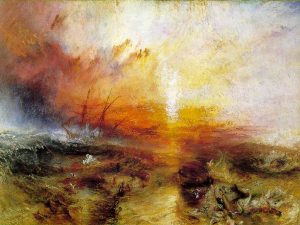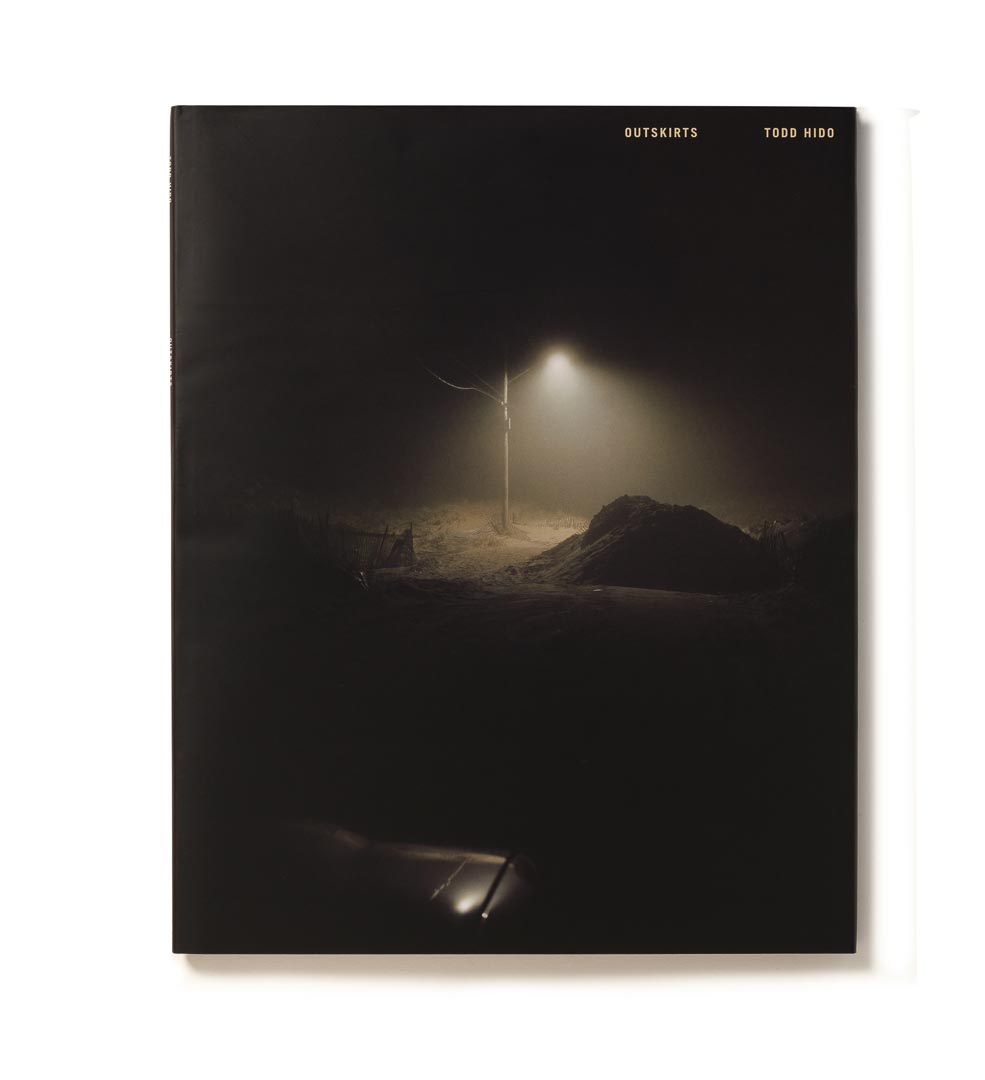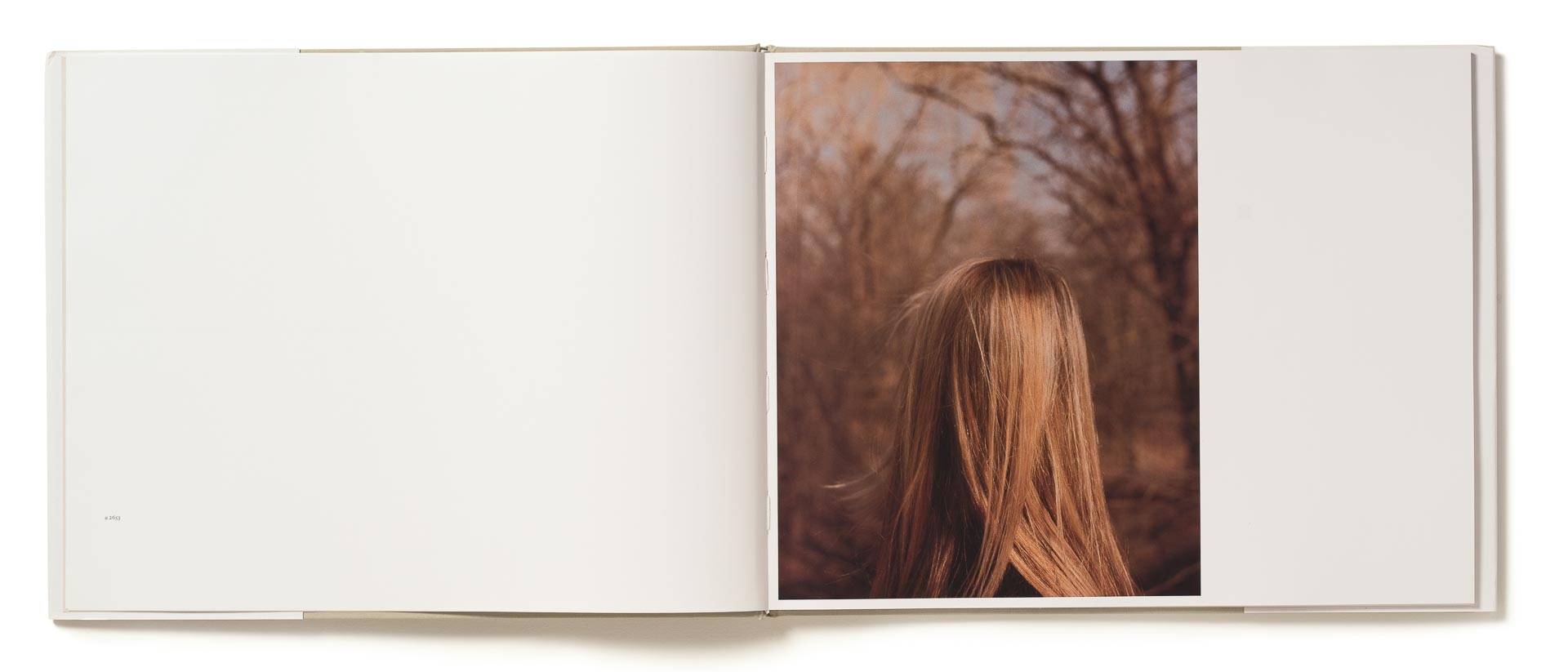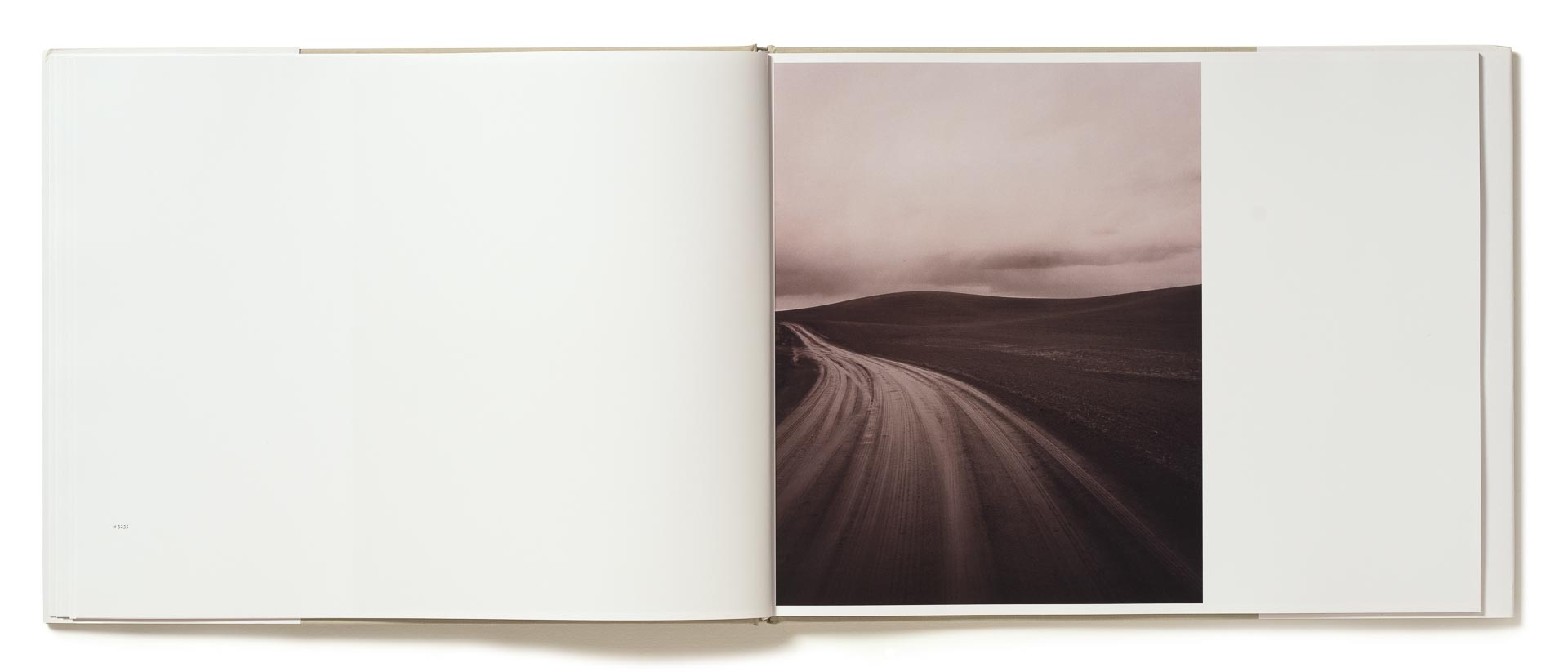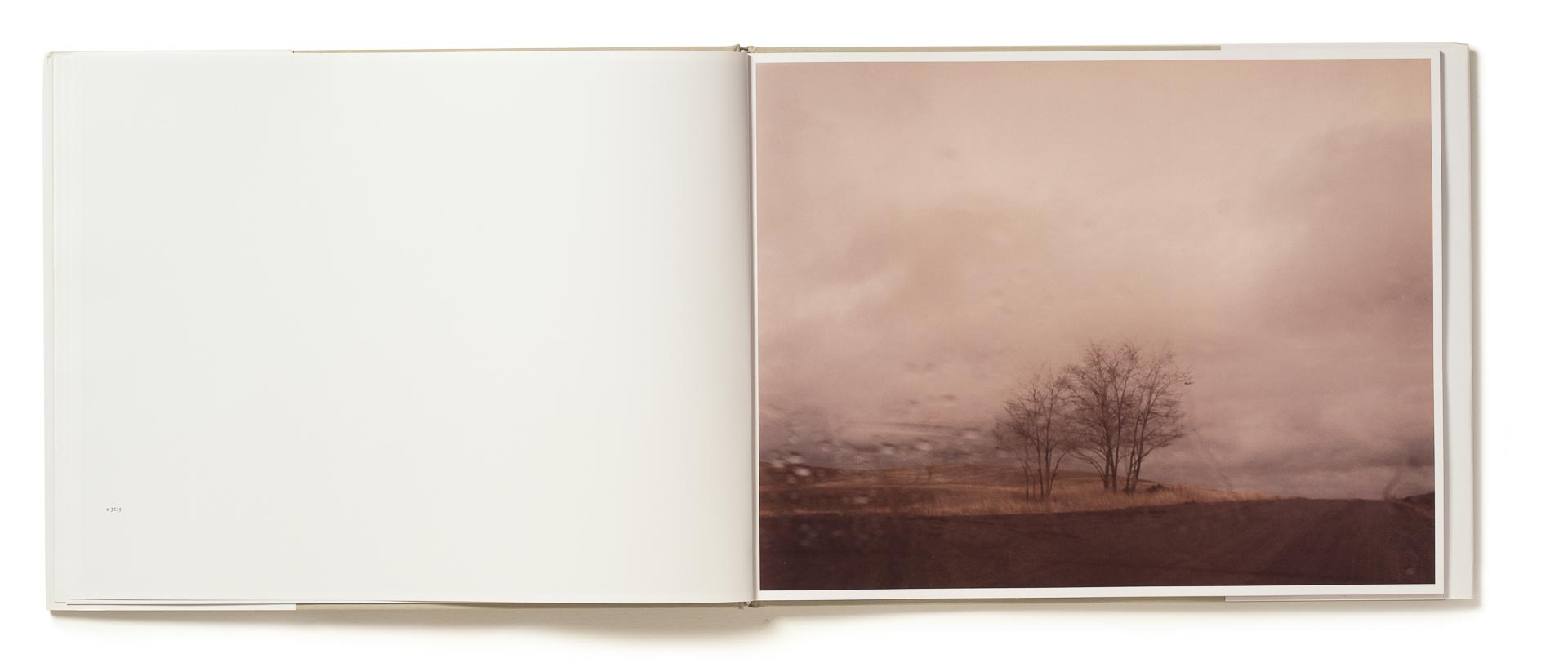Since deciding to look at plastic pollution from the viewpoint of agricultural plastic waste, or ‘plasticulture’, I was ready to complete my first documentary shoot for my environmental awareness project. Because of where I live, my previous travels around this side of the island, and the immense size of the potato farming industry in Jersey, these scenes where not at all hard to find. To complete this shoot I simply walked around a few fields that I have noticed displaying this agricultural technique. As well as the plastic covered fields, I was also looking for examples of used and discarded plastic that will contribute massively to the growing problem of plastic pollution. The aim of this shoot is to represent the darker side of Jersey’s most famous product as well as a pollution issue that is directly related to where we live. By using straight photography I can give more context for my symbolic shoots where I try to show the problem of plastic filling our surroundings, the effect it has on animals / marine life, and our connections to this issue. As this is my first documentary shoot for this project I wanted to make sure not to manipulate any of my scenes, making sure to capture the subject exactly how I found it. Below is a select few unedited outcomes, taken from many different locations around the northern side of the island… When choosing my final outcomes below I found that it was very hard to narrow them down. This is because of the many different scenes and subjects shown above that, for me, are all important for documenting this massive pollution issue in Jersey. Therefore I have ended up with my eight final edited outcomes below that I will choose from when putting together my final piece. When editing these outcomes I decided to include a mixture of colour / black and white outcomes to produce a vibrant and dramatic variety. This kind of plastic was really interesting to capture as the texture and light contrast was easily emphasised in post production. Below are my final eight results which I will choose from when creating my final piece…
When choosing my final outcomes below I found that it was very hard to narrow them down. This is because of the many different scenes and subjects shown above that, for me, are all important for documenting this massive pollution issue in Jersey. Therefore I have ended up with my eight final edited outcomes below that I will choose from when putting together my final piece. When editing these outcomes I decided to include a mixture of colour / black and white outcomes to produce a vibrant and dramatic variety. This kind of plastic was really interesting to capture as the texture and light contrast was easily emphasised in post production. Below are my final eight results which I will choose from when creating my final piece…
 The first two images above are vibrant and abstract pieces documenting this issue from up-close. The first photograph on the left shows the contrast between the green leafs from a potato plant and the bright shine of the plastic used to grow it. I love the simple composition of this piece as, the fact the plastic takes up the majority of the scene, represents just how much is needed to grow these important plants. The meaning behind this photograph is to give a close up view of this type of plastic paired with the product it helps create. Overall I really like the dark tone and abstract composition of this image as well as the obvious symbolism (created by the vibrant leaves hovering over the bleak plastic) showing my previous idea of ‘man vs nature’. The photograph on the right however has a much more simple point. Here I have captured three sheets of plastic with the thin dirt lines running in-between. By depicting this in such a simple yet intriguing way I was aiming to give a quick insight into where this plastic waste is coming from and how it is used. Although this is a very simple image, without context, this mixture of dark and shimmering light could be seen as very abstract. I love the different textures, reflections and depths that can be seen on these ugly sheets of plastic, emphasised during post production in Lightroom.
The first two images above are vibrant and abstract pieces documenting this issue from up-close. The first photograph on the left shows the contrast between the green leafs from a potato plant and the bright shine of the plastic used to grow it. I love the simple composition of this piece as, the fact the plastic takes up the majority of the scene, represents just how much is needed to grow these important plants. The meaning behind this photograph is to give a close up view of this type of plastic paired with the product it helps create. Overall I really like the dark tone and abstract composition of this image as well as the obvious symbolism (created by the vibrant leaves hovering over the bleak plastic) showing my previous idea of ‘man vs nature’. The photograph on the right however has a much more simple point. Here I have captured three sheets of plastic with the thin dirt lines running in-between. By depicting this in such a simple yet intriguing way I was aiming to give a quick insight into where this plastic waste is coming from and how it is used. Although this is a very simple image, without context, this mixture of dark and shimmering light could be seen as very abstract. I love the different textures, reflections and depths that can be seen on these ugly sheets of plastic, emphasised during post production in Lightroom.
 The two final outcomes on the top row of the contact sheet above depict the material, after is has been used, but before it is thrown away. The photograph on the left is a portrait shot of the plastic, bunched up, and shoved to the side of a potato field. I like this image for emphasising my point because it is clear that the plastic has been used for a short while then pushed aside before being binned. I love the vibrant and natural colours of this image contrasting the white plastic as well as its interesting composition. The photograph on the right is a very similar piece depicting the plastic bunched up between two rows of potato plants. I like the composition of this as there is a really good sense of perspective to show just how big of a problem plasticulture is. The meaning of this documentary image is obviously to depict the nature of this topic as well as being a good symbol for excess plastic waste. Overall I love the dark tone of this image along with its interesting depth of field. The fact I have made it black and white also increases the dramatic shadows in the plants and highlights the subject matter.
The two final outcomes on the top row of the contact sheet above depict the material, after is has been used, but before it is thrown away. The photograph on the left is a portrait shot of the plastic, bunched up, and shoved to the side of a potato field. I like this image for emphasising my point because it is clear that the plastic has been used for a short while then pushed aside before being binned. I love the vibrant and natural colours of this image contrasting the white plastic as well as its interesting composition. The photograph on the right is a very similar piece depicting the plastic bunched up between two rows of potato plants. I like the composition of this as there is a really good sense of perspective to show just how big of a problem plasticulture is. The meaning of this documentary image is obviously to depict the nature of this topic as well as being a good symbol for excess plastic waste. Overall I love the dark tone of this image along with its interesting depth of field. The fact I have made it black and white also increases the dramatic shadows in the plants and highlights the subject matter.
 The first photograph depicted above on the left is a close up abstract shot of the plastic sheeting all tied together, ready for disposal. To create this abstract look I have shown the most textured spot that the plastic was tied around itself, in a simple square composition. The meaning behind this image is quite strong as this is the perfect depiction of this type of large-scale plastic going to waste. To make this subject matter more interesting in post production I changed it to black and white and increased things like the clarity, contrast, shadows and highlights. Overall I think this is a very successful photograph that would pair nicely with my presentations of plastic waste previously done in the studio. The next image on the right shows this same waste plastic but with its composition and surroundings as well. I was very happy to find this scene as it perfectly represents what I am trying to say about plasticulture. The white plains of plastic in the background emphasis the dramatic impact of the subject matter and states where it has come from. In the context of documentary photography I think this photograph works very well for portraying my meaning of this subject as well as not being staged at all.
The first photograph depicted above on the left is a close up abstract shot of the plastic sheeting all tied together, ready for disposal. To create this abstract look I have shown the most textured spot that the plastic was tied around itself, in a simple square composition. The meaning behind this image is quite strong as this is the perfect depiction of this type of large-scale plastic going to waste. To make this subject matter more interesting in post production I changed it to black and white and increased things like the clarity, contrast, shadows and highlights. Overall I think this is a very successful photograph that would pair nicely with my presentations of plastic waste previously done in the studio. The next image on the right shows this same waste plastic but with its composition and surroundings as well. I was very happy to find this scene as it perfectly represents what I am trying to say about plasticulture. The white plains of plastic in the background emphasis the dramatic impact of the subject matter and states where it has come from. In the context of documentary photography I think this photograph works very well for portraying my meaning of this subject as well as not being staged at all.
 Lastly are two of my favourite images from this documentary shoot. I like how these images go together as the second scene, shown in the image on the right, was found right behind the tree line of the first scene. The photograph on the left depicts the texture of the plastic, being caught in the wind, with trees and the sea in the background. The meaning behind this image is to give a clear idea of how this plastic is used and just how much is plastered over Jersey fields every year. The trees and the sea as the background, along with this images vibrant colours, give the viewer a false sense of beauty for this scene. This is why it is important that it is paired with the image on the left, depicting exactly why this scene is corrupt. This photograph depicts an area in the cliff face I found when walking on the beach directly behind the previously mentioned field. Here you can see the horrible consequences of farming industries using plasticulture, as plastic pours out from under the shrubbery, partially ripped away by the sea. The meaning of this image is to show that our actions have horrible environmental consequences as well as that this material will never just disappear.
Lastly are two of my favourite images from this documentary shoot. I like how these images go together as the second scene, shown in the image on the right, was found right behind the tree line of the first scene. The photograph on the left depicts the texture of the plastic, being caught in the wind, with trees and the sea in the background. The meaning behind this image is to give a clear idea of how this plastic is used and just how much is plastered over Jersey fields every year. The trees and the sea as the background, along with this images vibrant colours, give the viewer a false sense of beauty for this scene. This is why it is important that it is paired with the image on the left, depicting exactly why this scene is corrupt. This photograph depicts an area in the cliff face I found when walking on the beach directly behind the previously mentioned field. Here you can see the horrible consequences of farming industries using plasticulture, as plastic pours out from under the shrubbery, partially ripped away by the sea. The meaning of this image is to show that our actions have horrible environmental consequences as well as that this material will never just disappear.











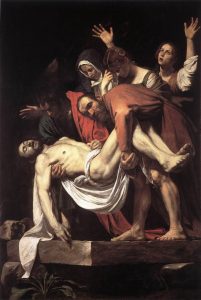 Tenebrism is a very dramatic style of art featuring a harsh chiaroscuro style as well as often evoking drama, intensity and most importantly tells a narrative. This is very present if Henson’s work with the use of black negative space and dramatic tones. There are a lot of similarities between his and Caravaggios work both visually and conceptually. Caravaggio’s work highly scandalous during his time and has been referred to as the ‘succès-de-scandale’ or the ‘antichrist of painting’. His work was highly acclaimed during his early years for his high skill level and was often commissioned such as by the Contarelli Chapel in the church of San Luigi dei Francesi. The controversy came from how he would often depict religious figures in highly realistic, approachable manor, stripping the figures from a sense of power and their religious properties and instead portraying them as vulnerable, emotional and most importantly their innate human nature, this is similar to what Henson’s was displayed in his work.
Tenebrism is a very dramatic style of art featuring a harsh chiaroscuro style as well as often evoking drama, intensity and most importantly tells a narrative. This is very present if Henson’s work with the use of black negative space and dramatic tones. There are a lot of similarities between his and Caravaggios work both visually and conceptually. Caravaggio’s work highly scandalous during his time and has been referred to as the ‘succès-de-scandale’ or the ‘antichrist of painting’. His work was highly acclaimed during his early years for his high skill level and was often commissioned such as by the Contarelli Chapel in the church of San Luigi dei Francesi. The controversy came from how he would often depict religious figures in highly realistic, approachable manor, stripping the figures from a sense of power and their religious properties and instead portraying them as vulnerable, emotional and most importantly their innate human nature, this is similar to what Henson’s was displayed in his work.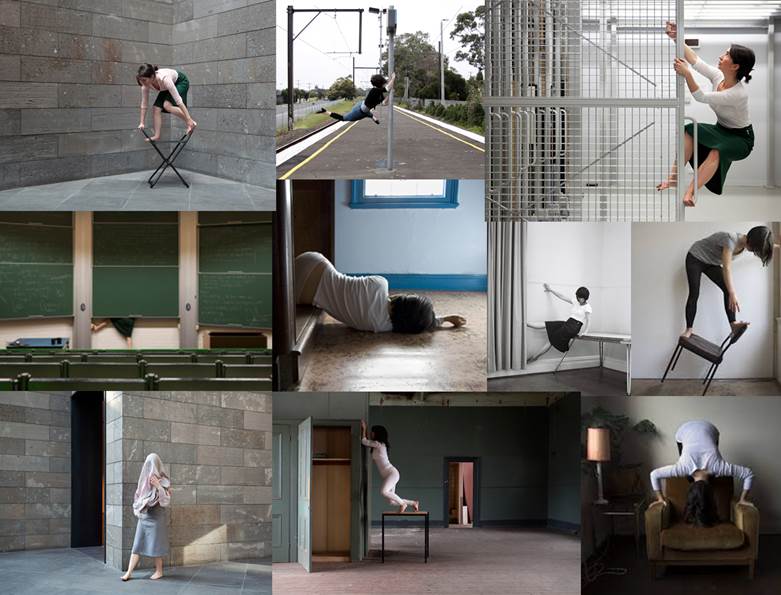


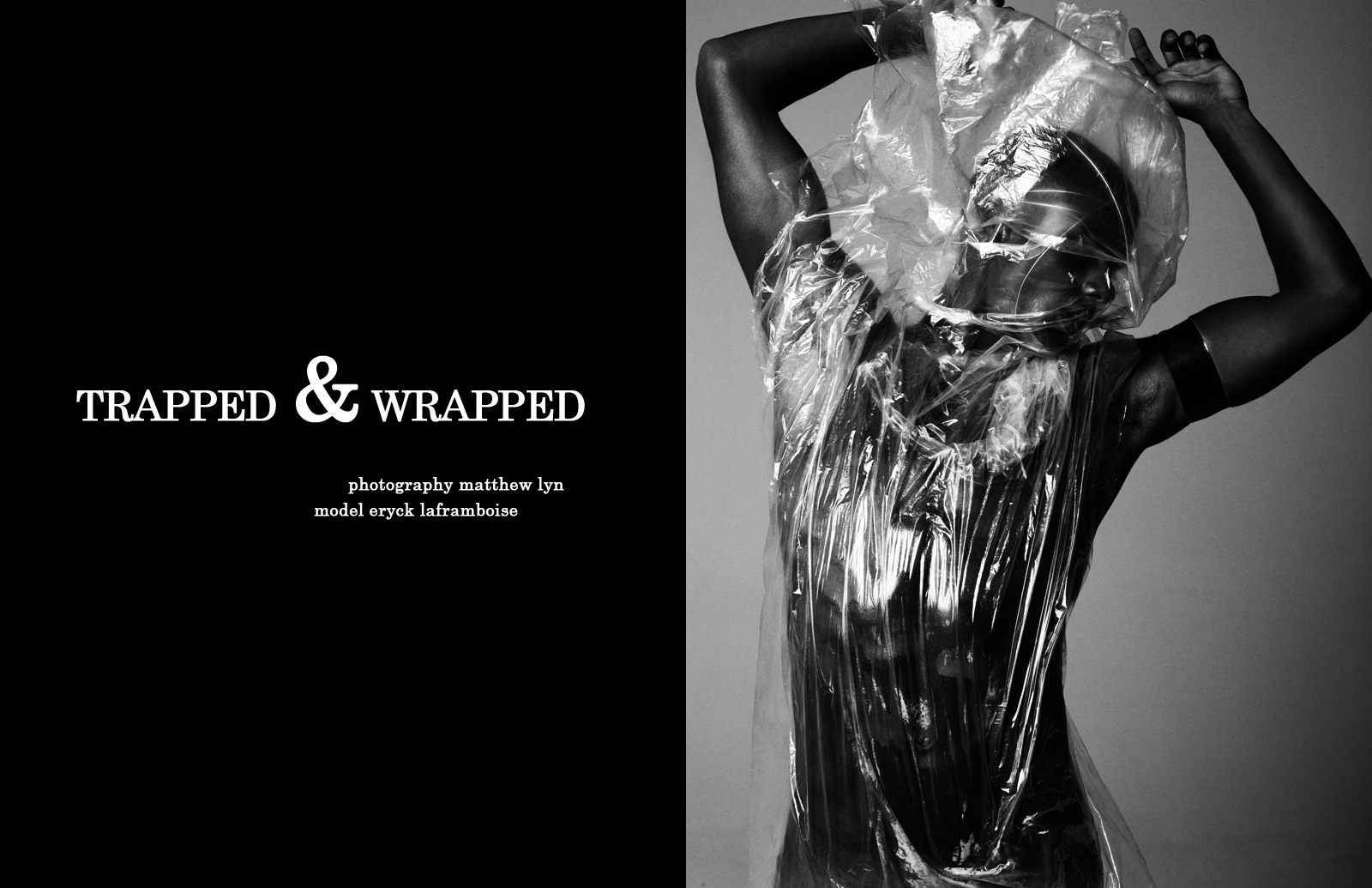
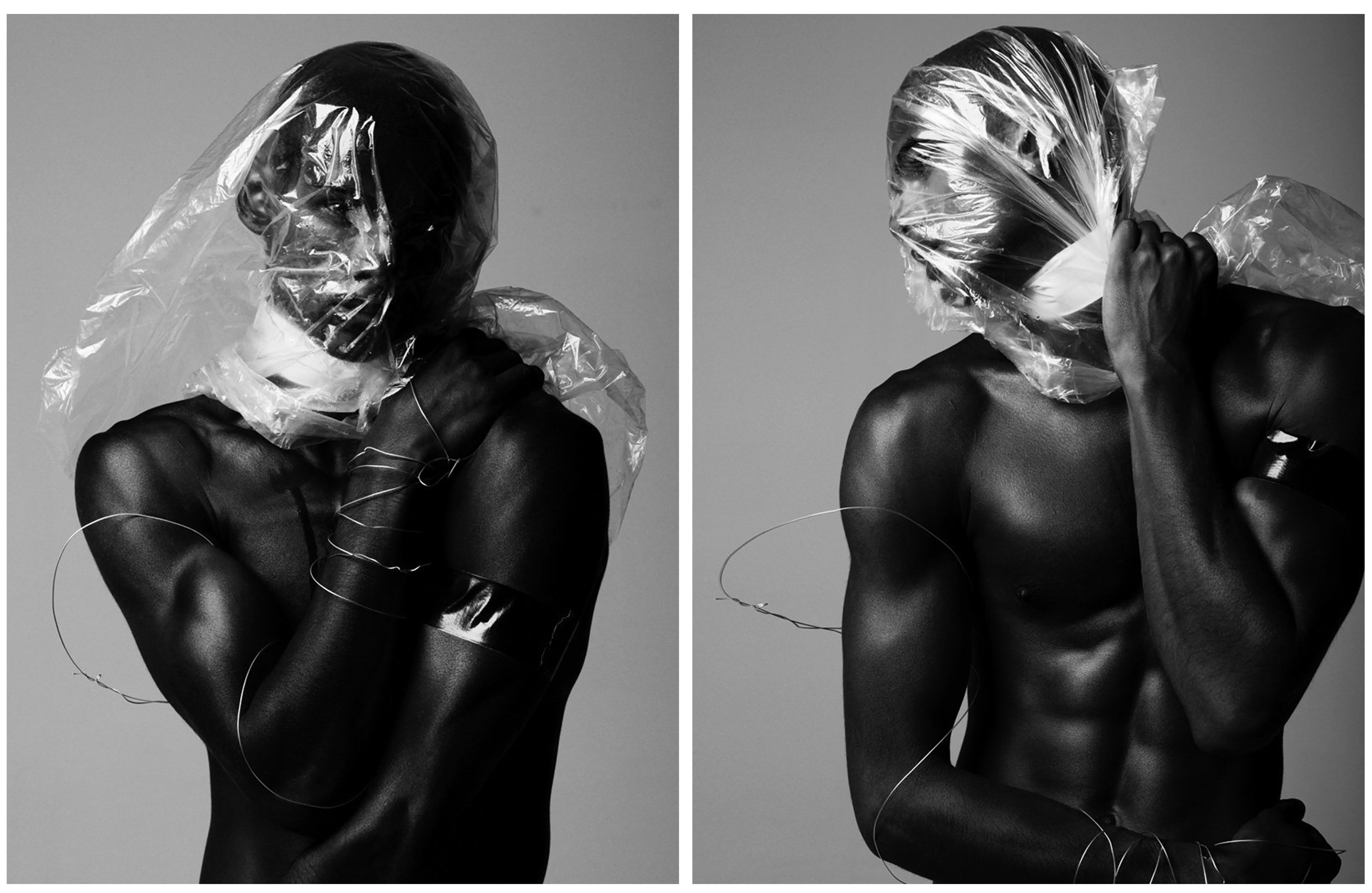 These first two photographs from Matthew Lyn’s collection, ‘Trapped and Wrapped’, are great examples of the kind of headshots I am hoping to create in my first self portraiture shoot. I love the black and white effect in all of these photographs, as it really emphasises Lyn’s talent for controlling light in the studio. The first image on the left shows a straightforward headshot with the model posing in a modest way, carefully wrapped in plastic and wire. Although the meaning behind this image is mainly beauty and fashion, the expression from the model and piercing eye contact creates amazing emotive qualities which can really intrigue the viewer. The image on the right depicts the model holding the plastic tight around his neck, straining as the material covers his face and suffocates him. Because of the title of these images, we are to understand that there is a deeper meaning looking past just beauty and fashion. But as it is left unexplained by the photographer, we can interpret the meaning ourselves. I will be doing this personally when using this simple idea for portraiture to symbolise the global problem of plastic waste. I hope to take inspiration from his use of space shown above, his use of the material and his beautifully crafted studio lighting.
These first two photographs from Matthew Lyn’s collection, ‘Trapped and Wrapped’, are great examples of the kind of headshots I am hoping to create in my first self portraiture shoot. I love the black and white effect in all of these photographs, as it really emphasises Lyn’s talent for controlling light in the studio. The first image on the left shows a straightforward headshot with the model posing in a modest way, carefully wrapped in plastic and wire. Although the meaning behind this image is mainly beauty and fashion, the expression from the model and piercing eye contact creates amazing emotive qualities which can really intrigue the viewer. The image on the right depicts the model holding the plastic tight around his neck, straining as the material covers his face and suffocates him. Because of the title of these images, we are to understand that there is a deeper meaning looking past just beauty and fashion. But as it is left unexplained by the photographer, we can interpret the meaning ourselves. I will be doing this personally when using this simple idea for portraiture to symbolise the global problem of plastic waste. I hope to take inspiration from his use of space shown above, his use of the material and his beautifully crafted studio lighting. These next two images are perfect examples of full body portraits using beautiful composition and space to capture plastic waste. These images will be a great inspiration for my second shoot, using a model and the material to show this common pollution issue. The first photograph on the left is a landscape shot showing the model breathing in the material and it floats across the scene. Although I will most likely featuring more of my model in this second shoot, I chose this image because of the beautiful composition the plastic creates as it is thrown into the air. I also love the transparency of scene with a mixture of harsh and soft light gleaming from every aspect. The next photograph on the right shows the full portrait of the model using the plastic wrapped around to cover himself. The meaning behind this image is very confusing and the pose he is performing seems unsure, yet the beauty of the light on the plastic that is distorting his body takes on a fashion orientated appearance. I if were to interpret these images with no prior knowledge of the photographer or his work I would say that this is a raw look into our dependence on this man-made material. This is because of the wire symbolising being trapped as well as the essence of the photographs directly pointing towards the effect the material has on the model.
These next two images are perfect examples of full body portraits using beautiful composition and space to capture plastic waste. These images will be a great inspiration for my second shoot, using a model and the material to show this common pollution issue. The first photograph on the left is a landscape shot showing the model breathing in the material and it floats across the scene. Although I will most likely featuring more of my model in this second shoot, I chose this image because of the beautiful composition the plastic creates as it is thrown into the air. I also love the transparency of scene with a mixture of harsh and soft light gleaming from every aspect. The next photograph on the right shows the full portrait of the model using the plastic wrapped around to cover himself. The meaning behind this image is very confusing and the pose he is performing seems unsure, yet the beauty of the light on the plastic that is distorting his body takes on a fashion orientated appearance. I if were to interpret these images with no prior knowledge of the photographer or his work I would say that this is a raw look into our dependence on this man-made material. This is because of the wire symbolising being trapped as well as the essence of the photographs directly pointing towards the effect the material has on the model.